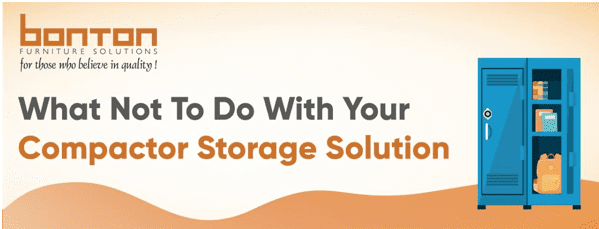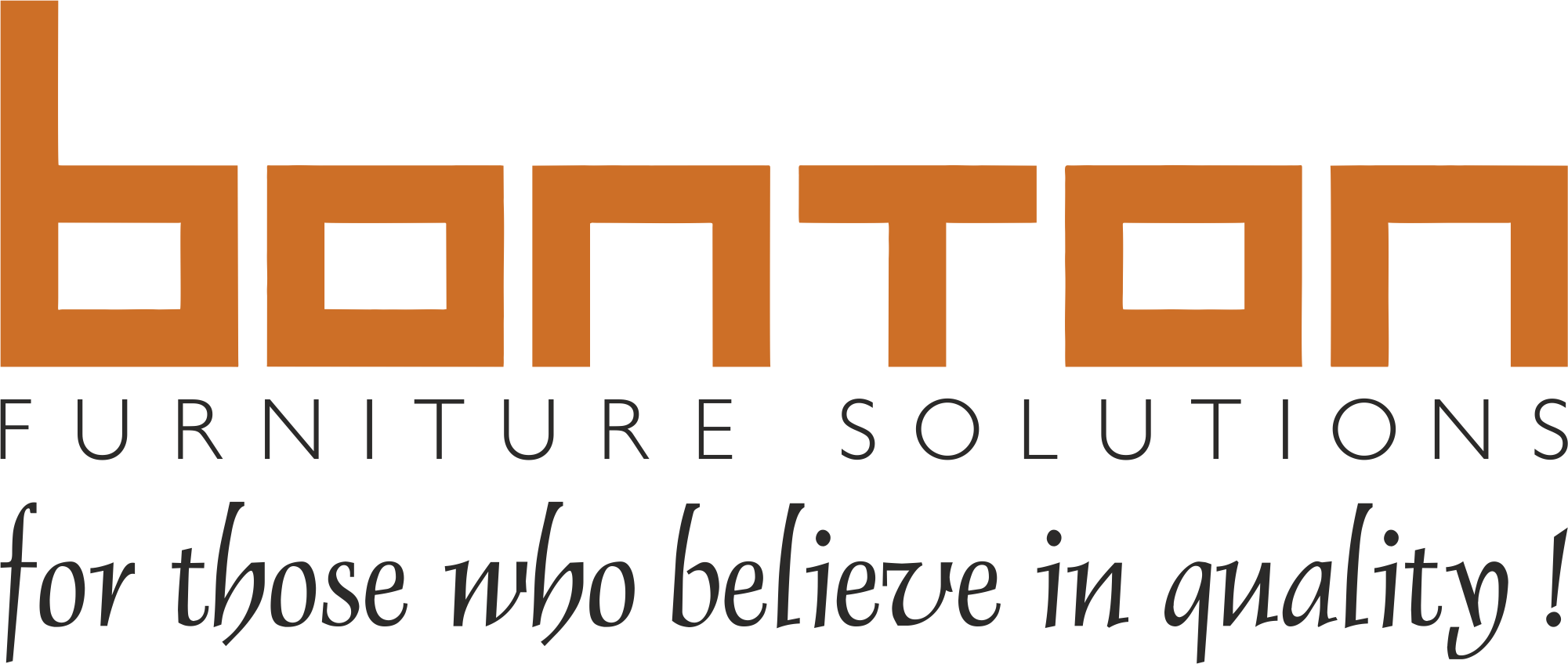
What Not To Do With Compactor Storage Solution
A compactor storage solution is a highly efficient storage solution designed to maximize space utilization while ensuring organized and secure storage. When it comes to maximizing efficiency and organization in the workspace, a compactor storage solution can be transformational.
Unlike conventional shelving systems, compactor storage units are designed to compact shelves or units together, significantly reducing the wasted space typically found in traditional layout-based storage configurations. This compacting feature is achieved through various drive mechanisms such as chain, sprocket, or handwheel-driven systems, allowing for easy movement and access to stored items. These systems are often customized to fit specific storage needs, with adjustable shelves, central locking mechanisms, safety features like anti-tilted top guides, and indexing systems for streamlined item identification and retrieval.
Additionally, compactor storage solutions are built with durability in mind, featuring anti-rust treatments on steel components to ensure long-lasting performance in diverse storage environments. However, there are certain pitfalls to avoid to ensure get the most out of this innovative storage system.
1. Neglecting Customization Opportunities
One of the key features of compactor storage solutions is their ability to be customized to suit specific needs. Neglecting this opportunity means missing out on optimizing space utilization and organization tailored to requirements.
2. Overlooking Maintenance and Anti-Rust Treatment
Compactor storage units are often made of steel for durability. Overlooking regular maintenance and anti-rust treatment can lead to premature wear and tear, reducing the lifespan of investment.
3. Ignoring Safety Features
Central locking, safety locks, and anti-tilted top guides are crucial safety features that should not be overlooked. Ignoring these features can compromise the security of stored items and pose safety risks in the workplace.
4. Neglecting Proper Identification and Indexing
Indexing for identification is essential for efficient retrieval of items. Neglecting proper labeling and indexing can lead to confusion, delays in accessing stored materials, and reduced productivity.
5. Overloading Shelves Beyond Capacity
Each shelf in a compactor storage unit has a specified load-carrying capacity. Overloading shelves beyond their capacity not only risks damage to the shelves but also compromises the safety of stored items and the structural integrity of the unit.
The Benefits of Bonton Compactor Storage Solutions
For reliable compactor storage solutions and expert guidance, trust a reputable storage solution manufacturer like Bonton, known for prioritizing quality, customization, and safety in their products. Bonton’s compactor storage solutions are designed to maximize space utilization, offering innovative features such as customizable designs, efficient drive mechanisms, central locking systems, and anti-rust treatments for durability. With Bonton, can expect a comprehensive range of compactor storage solutions tailored to meet specific storage needs, ensuring efficient organization, security, and ease of access to stored items.
Their method of maximizing storage capacity by 80–100% while freeing up up to 50% of floor space involves compressing storage into a considerably smaller area. When used for other beneficial purposes, space—which is real estate—unlocks value. With Bonton Compactors could thus actually end up saving or even earning money! Bonton Compactors is a unique concept that helps to design workspaces smartly by reducing storage footprints.
Exploring Diverse Compactor Storage Solutions for Efficient Organization
There are several different types of compactor storage solutions, each offering unique features and benefits to suit various storage needs. Here are some common types:
1. Mechanical-Assist Compact Shelving: This type of compactor storage system uses mechanical mechanisms such as handwheels or cranks to move shelves closer together, maximizing space utilization. It offers ease of use with manual operation for compacting shelves.
2. Mobile Shelving Systems: Mobile shelving systems are mounted on tracks, allowing entire rows of shelves to be moved horizontally. This design maximizes floor space by eliminating fixed aisles, making it ideal for compact storage in limited spaces.
3. High-Density Storage Systems: High-density storage systems, such as automated vertical carousels or vertical lift modules (VLMs), utilize vertical space to store items compactly. These systems automatically retrieve and deliver stored items, improving efficiency and reducing manual handling.
4. Manual Compact Shelving: Manual compact shelving systems require physical effort to move shelves closer together. While less automated than electric or mechanical-assist systems, they still offer space-saving benefits and are suitable for smaller storage areas.
5. Combination Systems: Some compactor storage solutions combine different types of mechanisms, such as a combination of mechanical-assist and electric operation, to provide a versatile and customizable storage solution tailored to specific requirements.
The Role of Well-Maintained Compactor Storage Solutions
A well-maintained and properly utilized compactor storage solution can enhance storage capabilities. By avoiding these common mistakes, such as neglecting customization, maintenance, safety features, proper identification, and overloading shelves, can ensure that the compactor storage solution remains a valuable asset in the workspace. Various types of compactor storage solutions cater to different industries, storage capacities, and operational preferences, offering flexibility and efficiency in organizing and accessing stored items.
